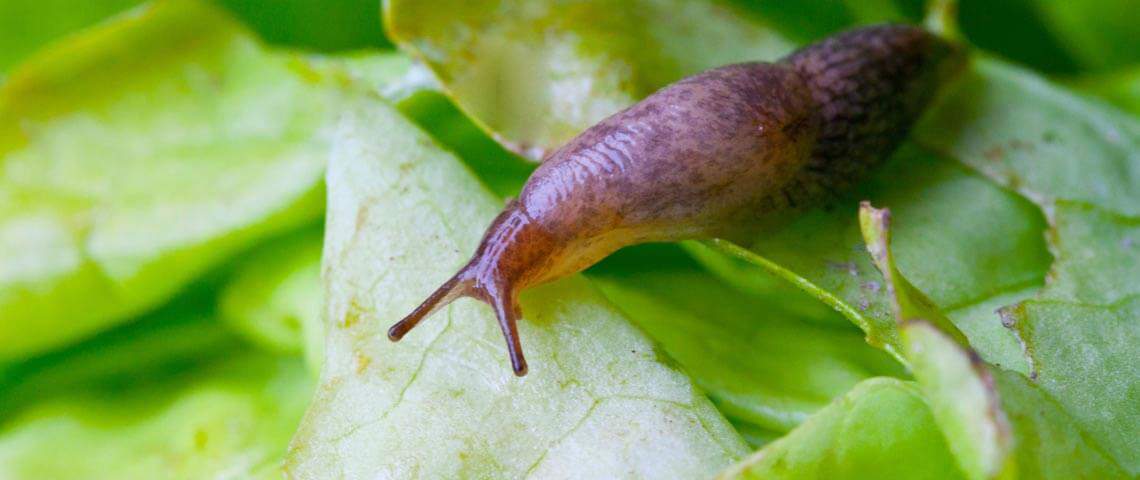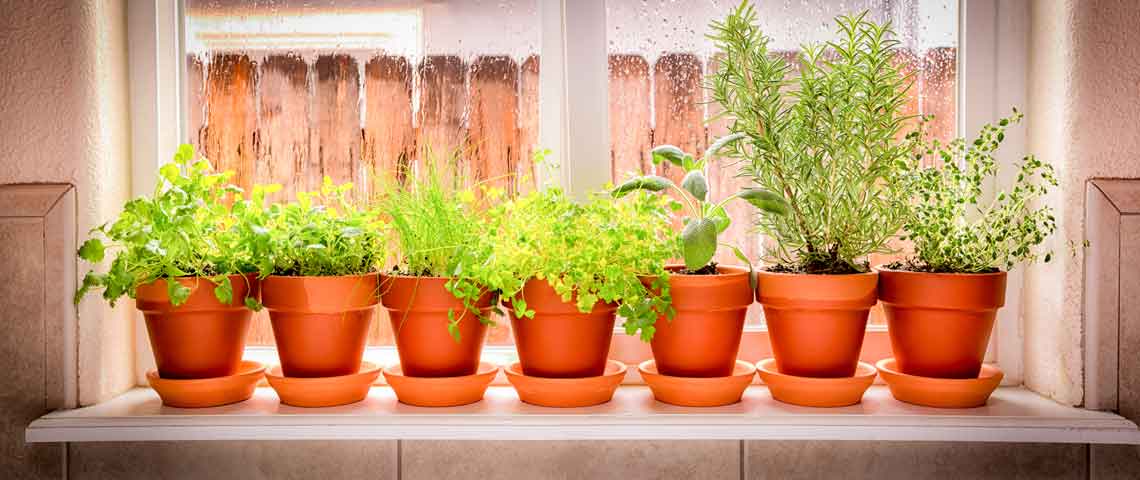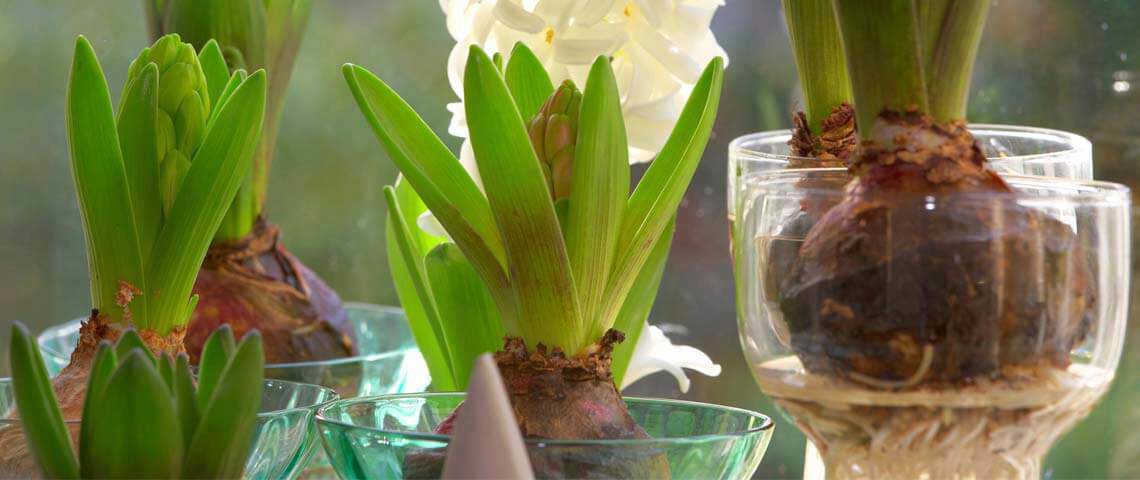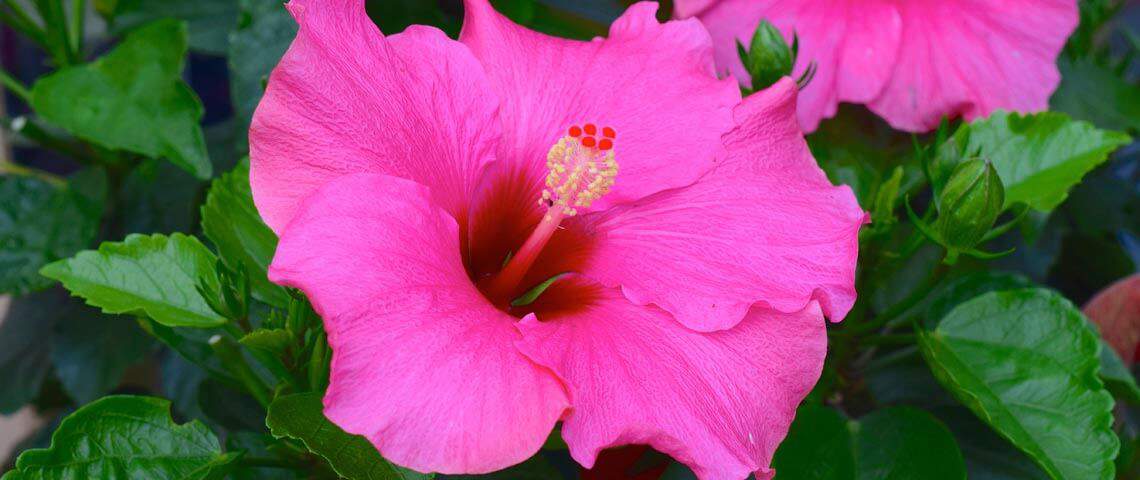How to Get Rid of Garden Slugs and Snails
Slugs and snails are smaller than many garden pests, but they can be a gardener's biggest enemies. Ruthless with tender foliage, these pesky mollusks leave prized hosta beds in shreds, tatter colorful coleus and destroy young lettuce tagged for your next meal. Then they come back for more. You don't have to surrender your garden to slug and snail damage. With the right solution, you can win the battle.
Understand Your Adversaries

Slugs and snails are closely related, though slugs lack visible shells. These pests share the same modes of operation. They usually limit daylight excursions to dark, cloudy days. On sunny days, you'll find them hiding in garden debris, under boards or in similar moist places. Most slug and snail damage occurs after dark. Large, irregular holes in leaves or petals, and succulent stems snipped in half, signal an invasion is underway. Silvery, slimy trails of drying mucus offer conclusive evidence.
Snail and slug activity peaks during warm, moderate weather. Favorite targets of these pests include moist shade and vegetable gardens, where they feast on leaves and low-lying fruit. A single night's damage can devastate ornamental foliage plants and leave vegetable plants irreparable. During cold weather, snails and slugs retreat into soil. Hot, dry weather slows them down, but in moderate climates, especially coastal areas, snails and slugs stay active year-round.
Know Your Options
For many years, gardeners had few choices when it came to effective slug and snail baits. Active ingredients in long-standing products kill these pests quickly, but some give off food-like odors attractive to animals, and can, if ingested, endanger pets and wildlife. The generation of baits that followed — based on different ingredients — are effective, but they can take many days to work.
Today, many gardeners are choosing highly effective products that are based on a chelated iron compound known as sodium ferric EDTA. These options stop slugs and snails with much smaller amounts and don't present the same hazards to animals.Corry's Slug & Snail Killer for example, can be used around all types of plants in beds, greenhouses and lawns, and even in vegetable gardens right up to harvest day. A big benefit of these products is that people and pets can reenter treated areas immediately after the product is applied.
Take Back Your Plants
Treat snails and slugs when and where they're most active. Activity heightens in moist areas, so dampen soil slightly if needed. Target areas around vulnerable plants or apply at your garden's perimeter to intersect telltale slug and snail trails. The pests eat the bait as they travel between hiding places and feeding grounds.
Apply during moderate temperatures, not when weather is overly hot, cool or dry. Choose a calm day with no rain in the 24-hour forecast, so bait doesn't get washed or blown away. Scatter slug and snail bait evenly over areas at a rate of 1/2 teaspoon per square yard. See label instructions for large areas or heavy infestations. Keep bait on the ground, not on plants, and never leave piles. Reapply every two weeks, or as the bait disappears.
Expect Victory and Enjoy
When slugs and snails feed on sodium ferric EDTA bait — even in small amounts — they immediately stop eating. The defeated pests slink back to hiding places, where they die in three to six days. Even if sluggish pests are seen, they're no longer doing damage. However, staying vigilant is a must. Slugs and snails hatch from eggs, so the next invasion may be waiting. Be mindful; remove plant debris and avoid overwatering. If a new generation hatches, be prepared.
With Corry's Slug & Snail Killer in your arsenal, you can fight marauding slugs and snails and enjoy your garden again.
Corry's is a registered trademark of Matson, LLC
Pennington is a registered trademark of Pennington Seed, Inc.





